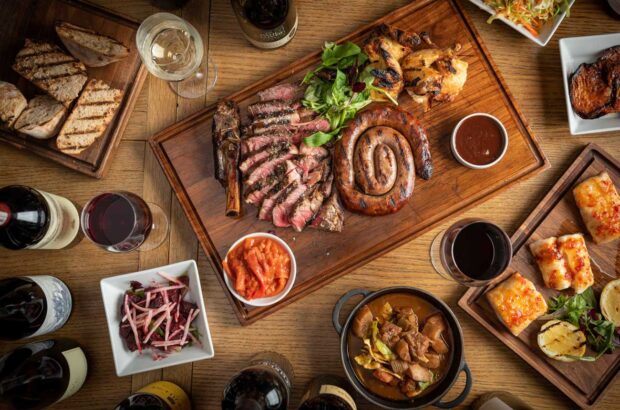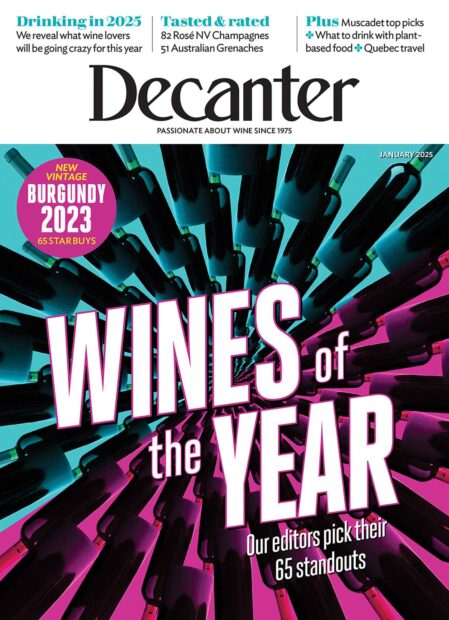What is the best way to preserve them...?
Protecting wine labels
Richard Ather, Stockport, asks: I was talking with a friend about how best to preserve wine labels in a humid cellar. She uses clingfilm, which seems to work as a good, affordable option. But are there better ways – cheap and expensive?
Daniel Primack replies: Any humidity level above 50% will maintain natural cork integrity in the medium to long term, while more is not necessarily better. Above 70% humidity, uncoated paper labels can begin to warp, peel and develop mould.
Wrapping perfectly clean and dry labels with clingfilm is a very effective preservation method, and so is spraying the labels with unperfumed ‘extra strong hold’ hairspray (known in the old days as lacquer) in a well-ventilated area instead.
A less cost-effective yet easier solution is to apply clear, sticky labels – used for peeling off a cherished label from an empty bottle as an aide memoire (a pack of 10 costs £5.60, including postage, from www.thewinejournal.co.uk, or you could get 10 labels for £11.90, including postage, from www.wineware.co.uk).
These act as a barrier to humidity if applied before laying the bottle down. It is difficult to control humidity in a natural cellar, but an appropriately climate-controlled cellar should not feature humidity that damages labels.
Daniel Primack is owner of wine glass, accessories and storage company Winerackd.







